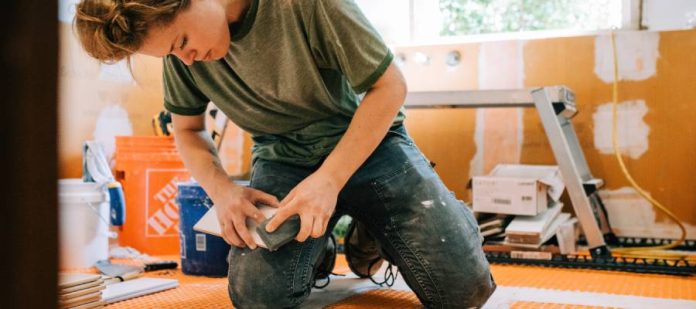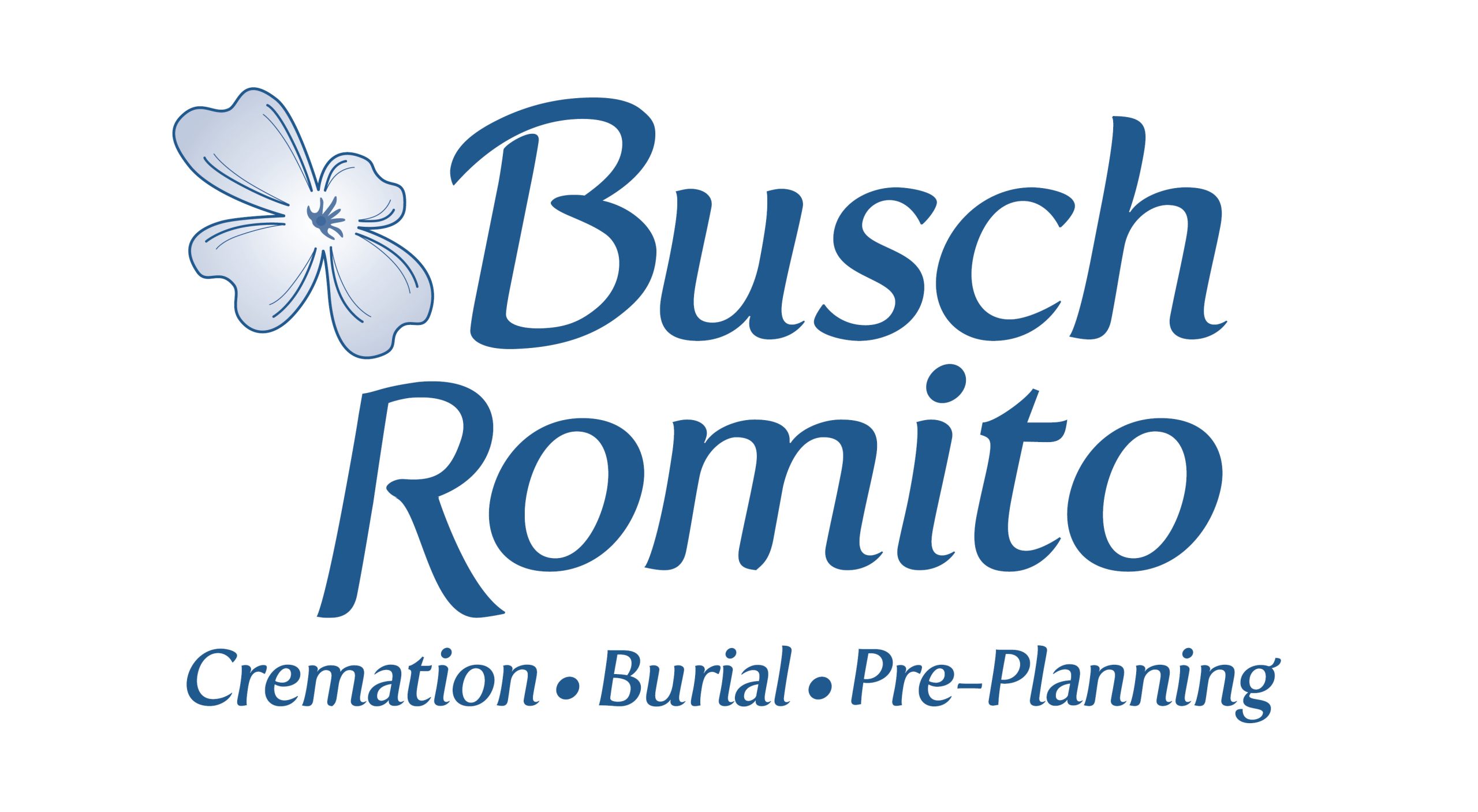Renovating your bathroom can feel like a monumental task, but it’s also one of the most rewarding upgrades you can tackle as a homeowner. Whether you’re replacing outdated fixtures or reimagining the space entirely, DIY bathroom renovations offer a chance to customize your space while saving money.
But before you start, ensure you have the right tools. Keep reading to learn what you’ll need when DIYing your bathroom renovation, from tile equipment to measuring tools.
Planning Your Bathroom Renovation
Successful renovations start with solid planning. Begin by setting a budget, accounting for materials and unexpected expenses, and prioritizing what matters most—like a luxurious shower or ample storage.
Define your goals, whether it’s modernizing your bathroom, improving functionality, or boosting resale value. Once you have a vision, create a layout using sketches or simple design software to bring your ideas to life.
Essential DIY Bathroom Renovation Tools
When DIYing your bathroom renovation, there’s an assortment of tools and equipment you’ll need. You’ll need common hand tools and more specialized equipment like tile cutters and grout floats.
Hand Tools
To tackle a bathroom renovation as a DIYer, you’ll need a variety of hand tools to get the job done. Start with a reliable set of screwdrivers, both flathead and Phillips, for assembling fixtures and removing old hardware. A sturdy adjustable wrench and a pipe wrench are crucial for plumbing work, like tightening or removing pipes and fittings.
Don’t forget pliers, which are useful for gripping and twisting, and a hammer for tasks like removing nails or tapping materials into place. With these tools in your arsenal, you’ll be well-equipped to tackle most aspects of your bathroom renovation.
Tile Tools
To install tiles effectively, you will need special tools to ensure precision and durability. To cut the tile, you’ll want to familiarize yourself with using a tile cutter for precise, clean, and safe cutting. You’ll also need a notched trowel for spreading adhesive evenly and a tile spacer to maintain consistent gaps between tiles for installation.
A grout float is an effective tool for applying grout smoothly, while a spirit level ensures that your tilework remains even. Don’t forget safety gear, such as gloves and goggles, to protect yourself during the installation process.
Measuring Tools
As the adage goes, “measure twice, cut once,” and during your renovation, you’ll need to do a lot of measuring. Basic measuring tools you’ll need include a tape measure, a level, and a square.
A tape measure helps with overall space measurements, while a level ensures your tiles, fixtures, and cabinets are perfectly aligned. Using a square is vital for marking and maintaining 90-degree angles, especially in tight spaces where accuracy is key.
Take the First Step Toward Your DIY Bathroom Makeover
A DIY bathroom renovation is a fantastic opportunity to tailor your space to your tastes while building new skills and saving money. By planning your project carefully and equipping yourself with the right tools, you’ll set yourself up for success. With patience and determination, your dream bathroom is well within reach.
























